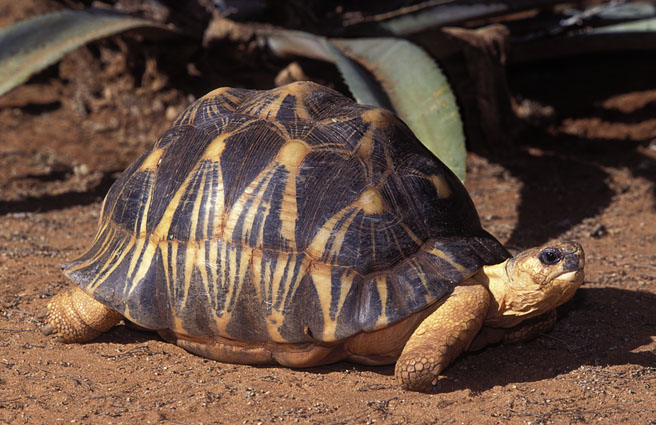Three Kemp's Ridley Sea Turtles were released by the National Aquarium on June 19, 2010 after receiving six months of extensive rehabilitation. One of the turtles, later named Marshall, had been found cold-stunned in Massachusetts on December 1, 2009. It is an unfortunate, but common occurrence for turtles who have travelled too far north. After two weeks of slow warming and veterinary services, Marshall was relocated to the National Aquarium, in Baltimore, to receive further treatment. He underwent rehabilitation for pneumonia, a bacterial infection, and many scrapes and cuts. Now that he has been released, fans can still follow the adventures of Marshall, via a transmitter attached to his back, beaming the aquarium information about his current whereabouts.
The Kemp's Ridley is the smallest of the sea turtle species, weighing around 100 pounds when full-grown. They are considered to be critically endangered, the world's most endangered sea turtle, with only 1000 nesting females calculated to exist. The Kemp's Ridley Turtle is the only type of sea turtle to lay its eggs in the daylight hours, when hundreds of females bound up Mexican beaches. Shrimp trawls are the main threat to the turtles, so Turtle Excluder Devices are being put in the nets to keep them from harm's way. Their nesting beaches have been protected as sanctuaries for decades, and conservationists now use the areas as release grounds for hundreds of captive-born hatchlings.






